Surfing 1778-2015 / Jim Heimann
Interview by Glenn Sakamoto
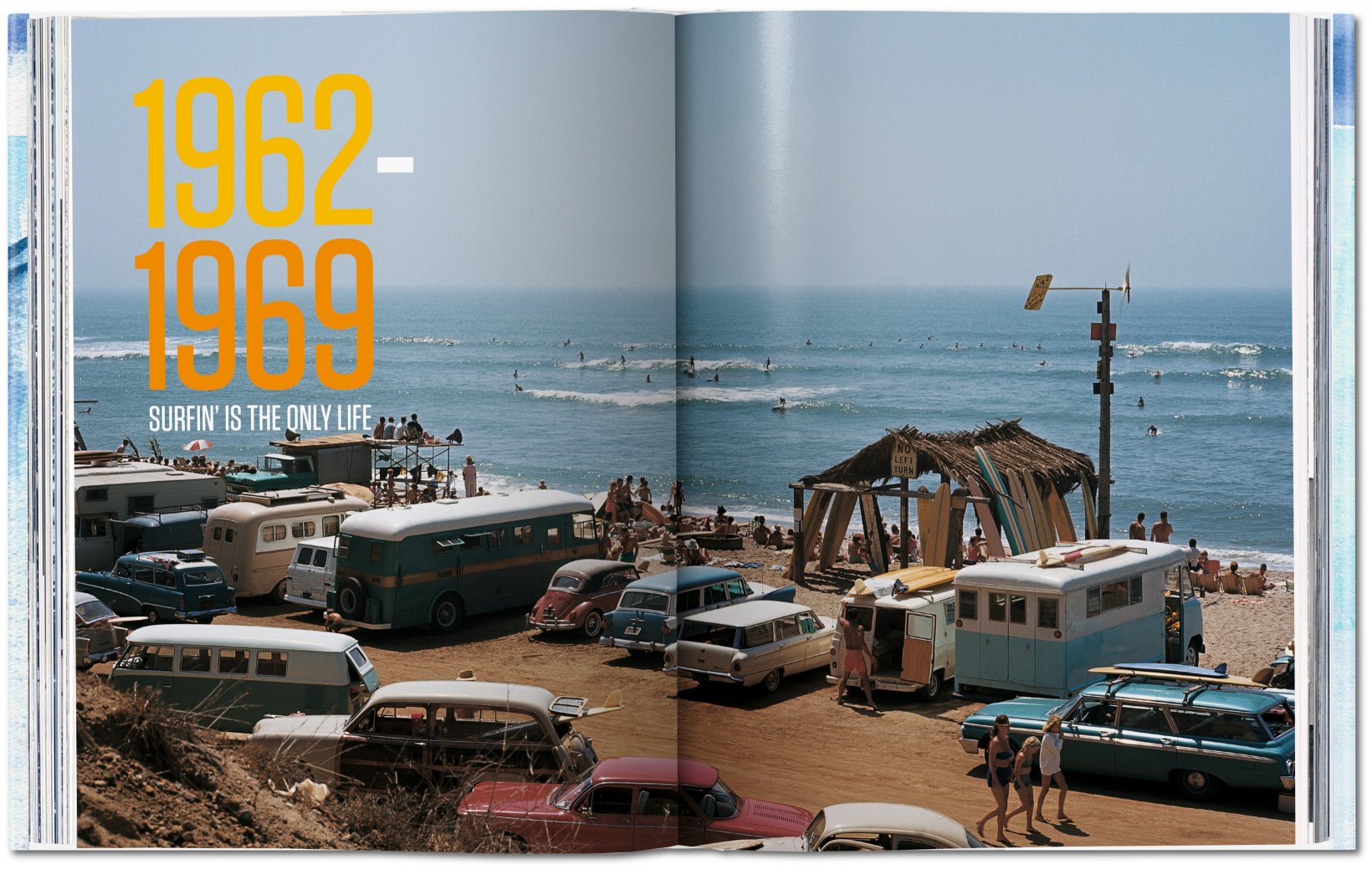
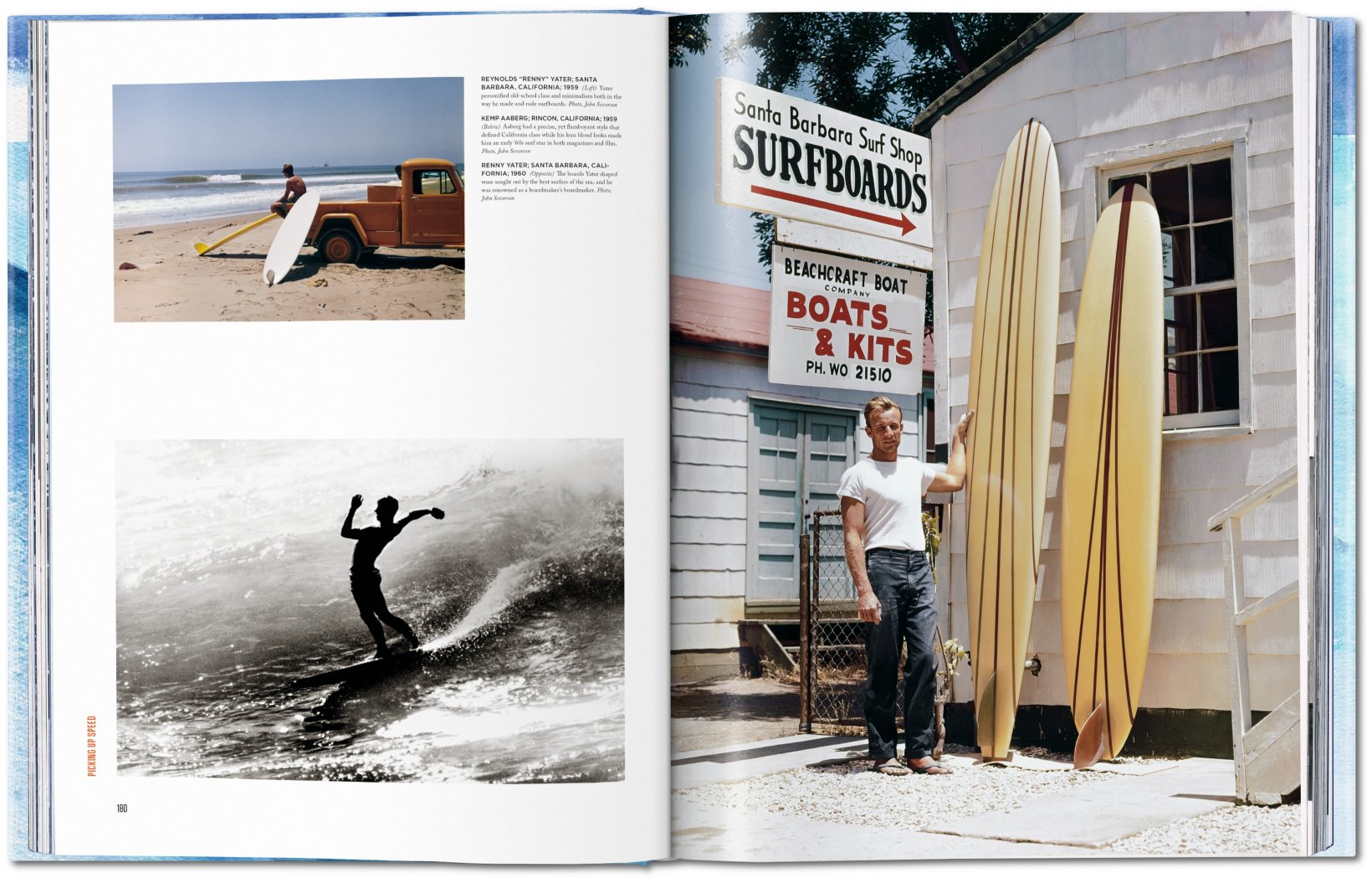
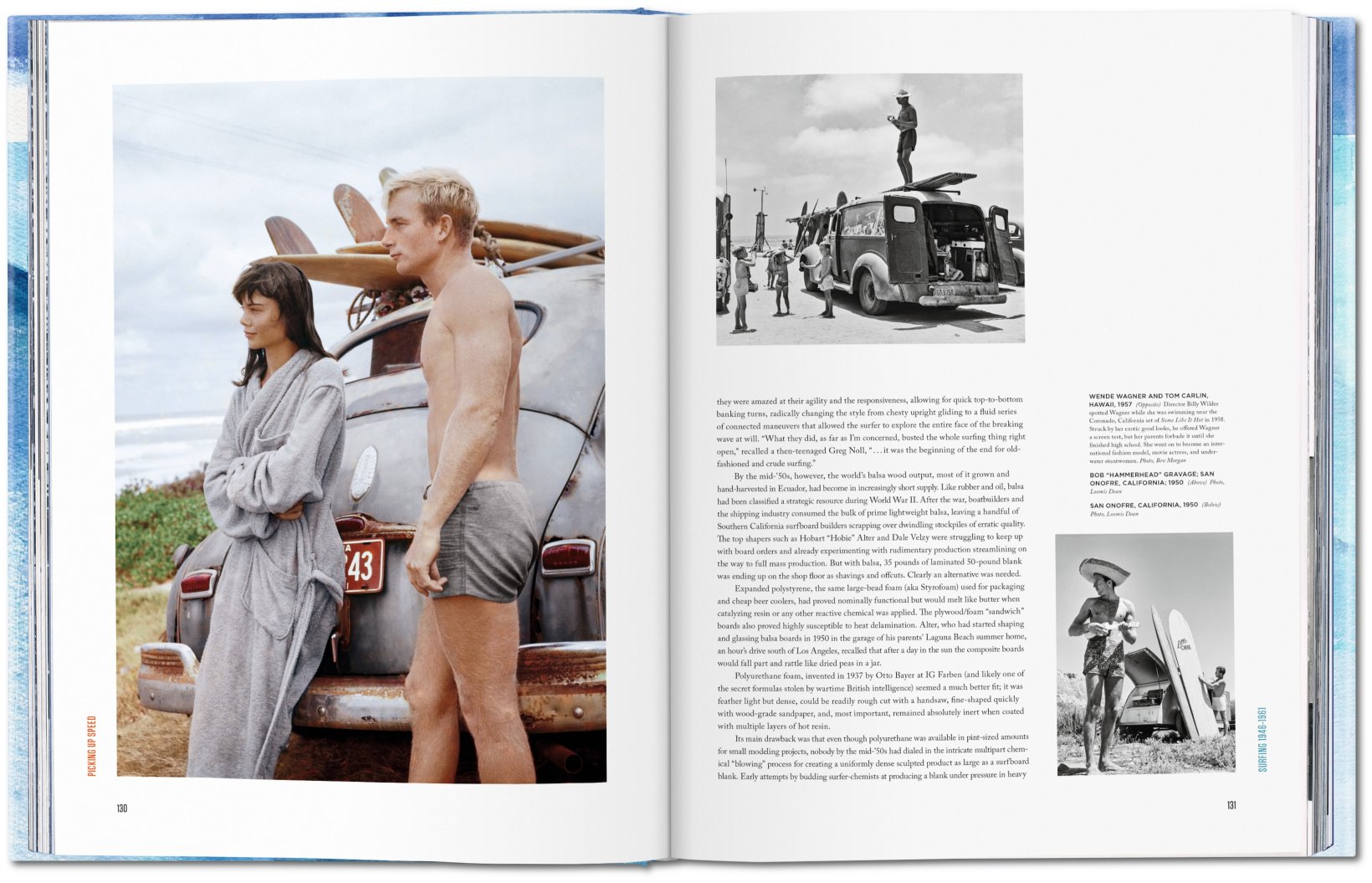
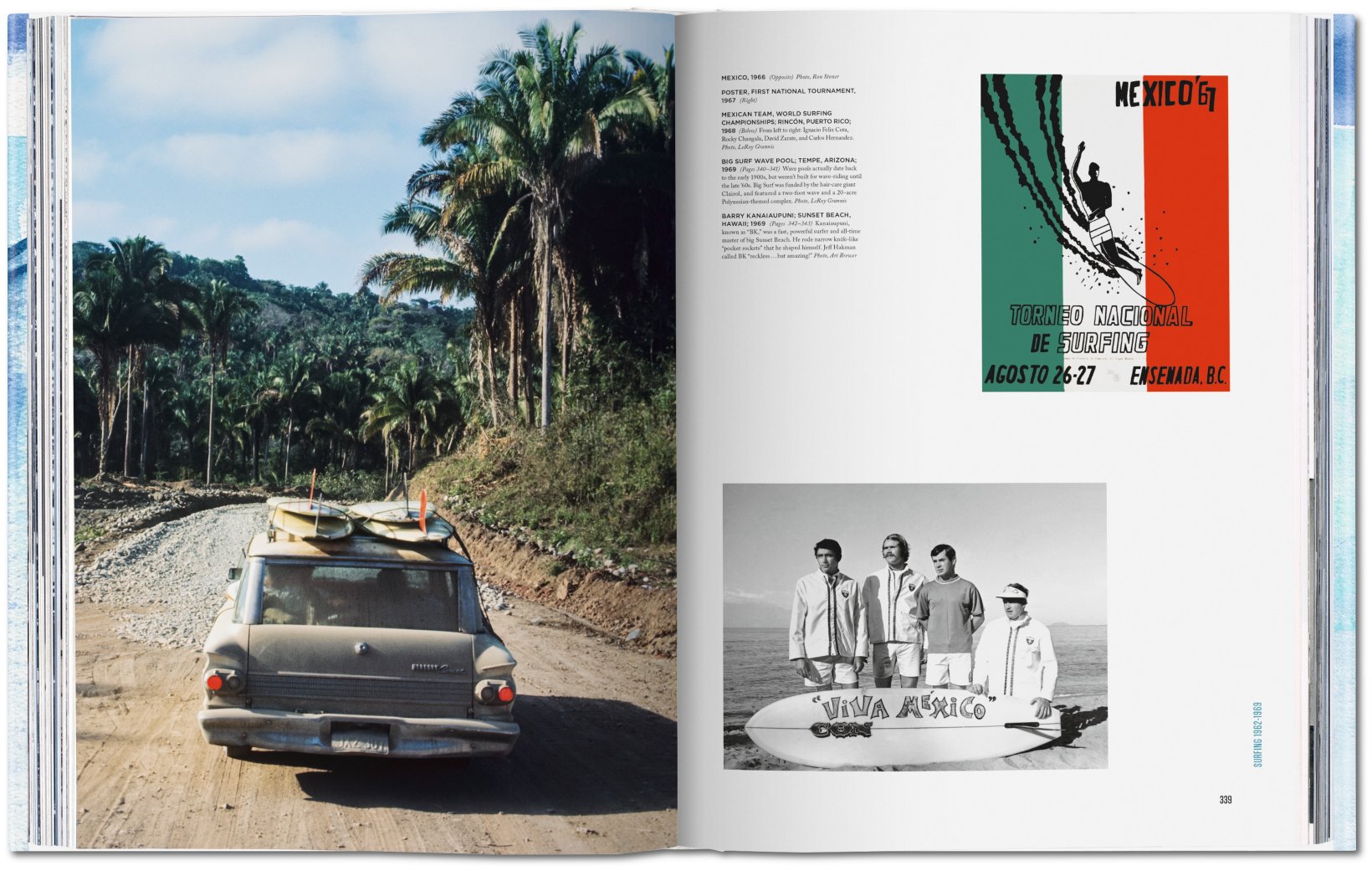
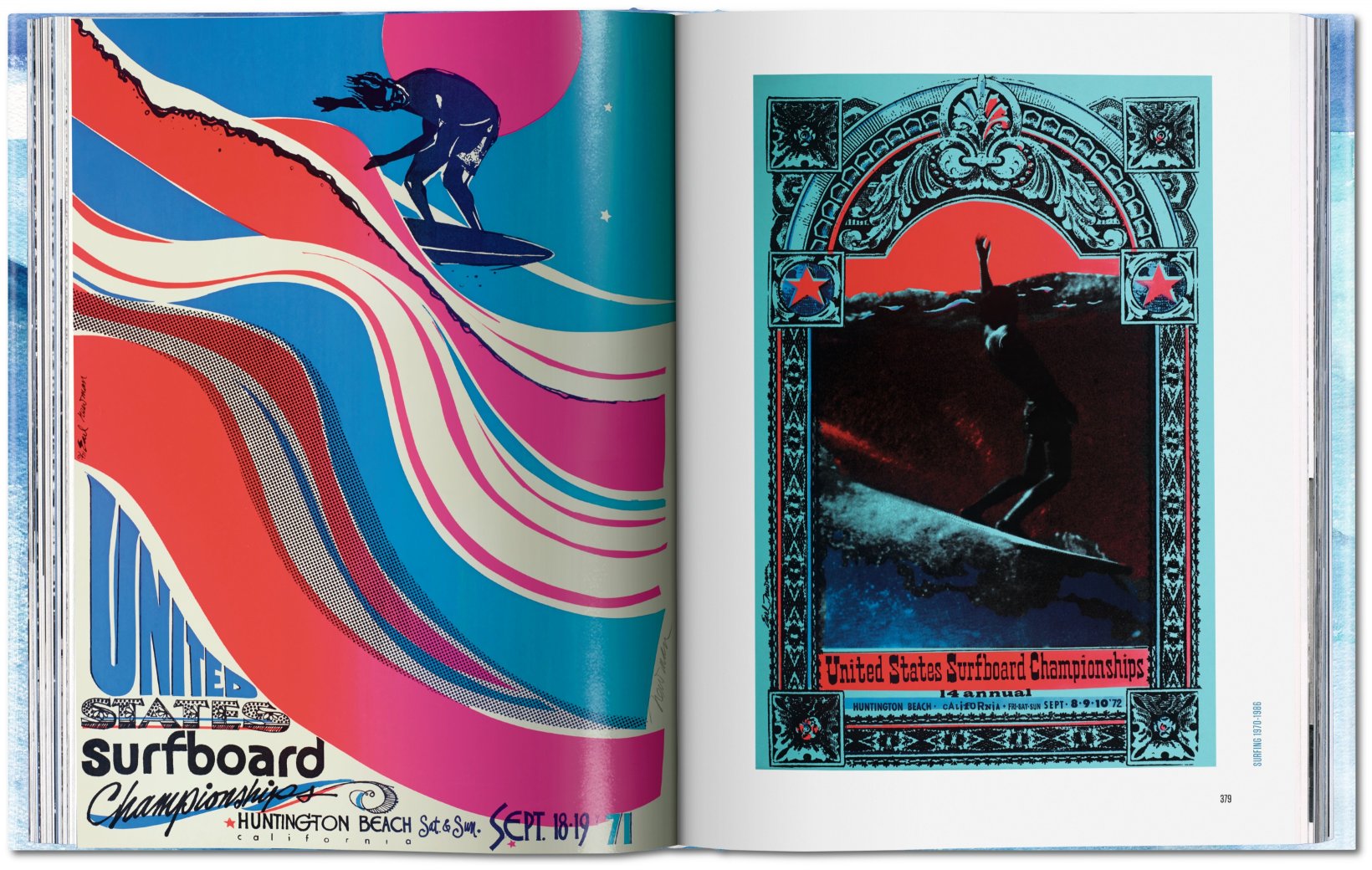
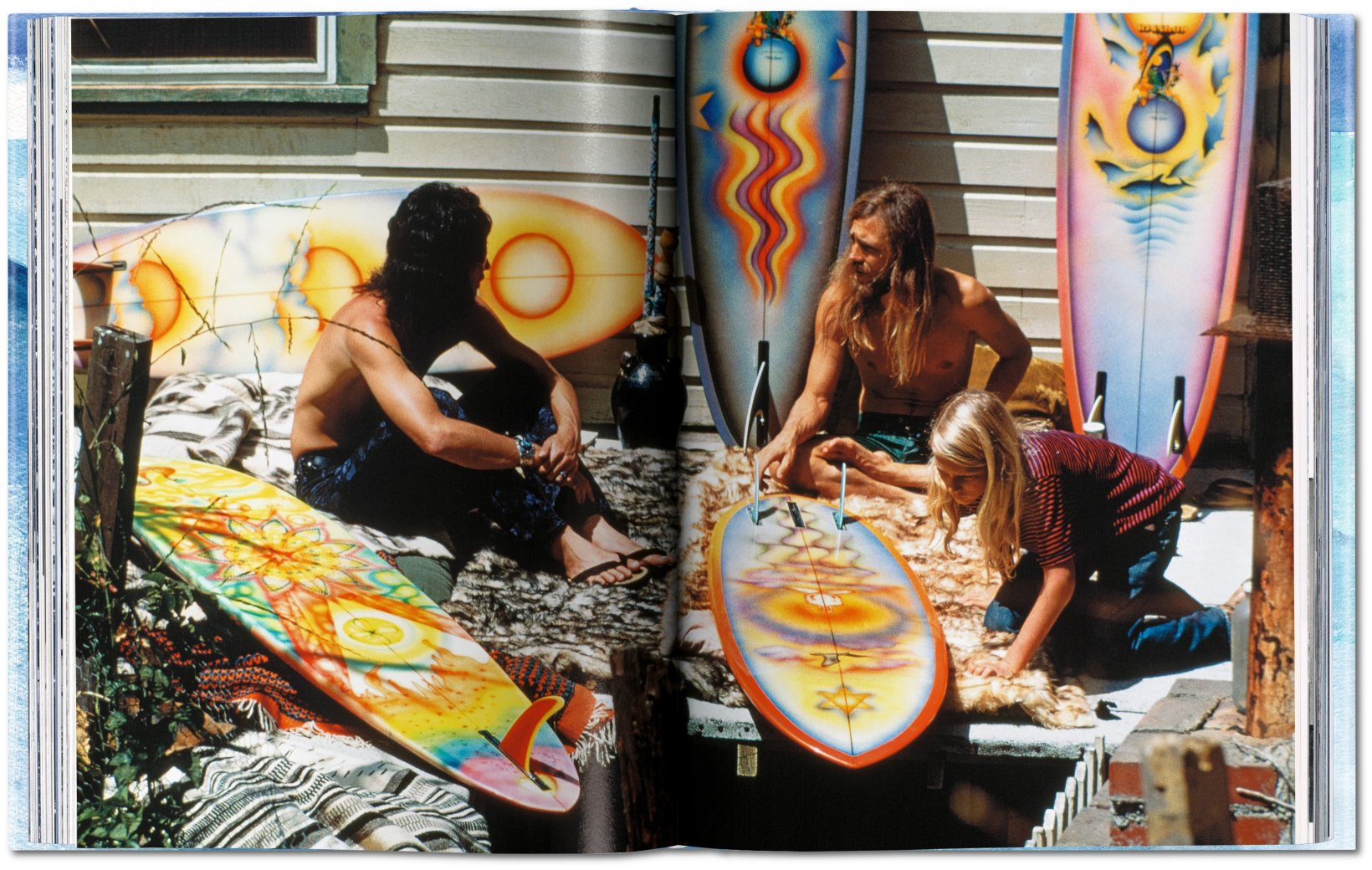
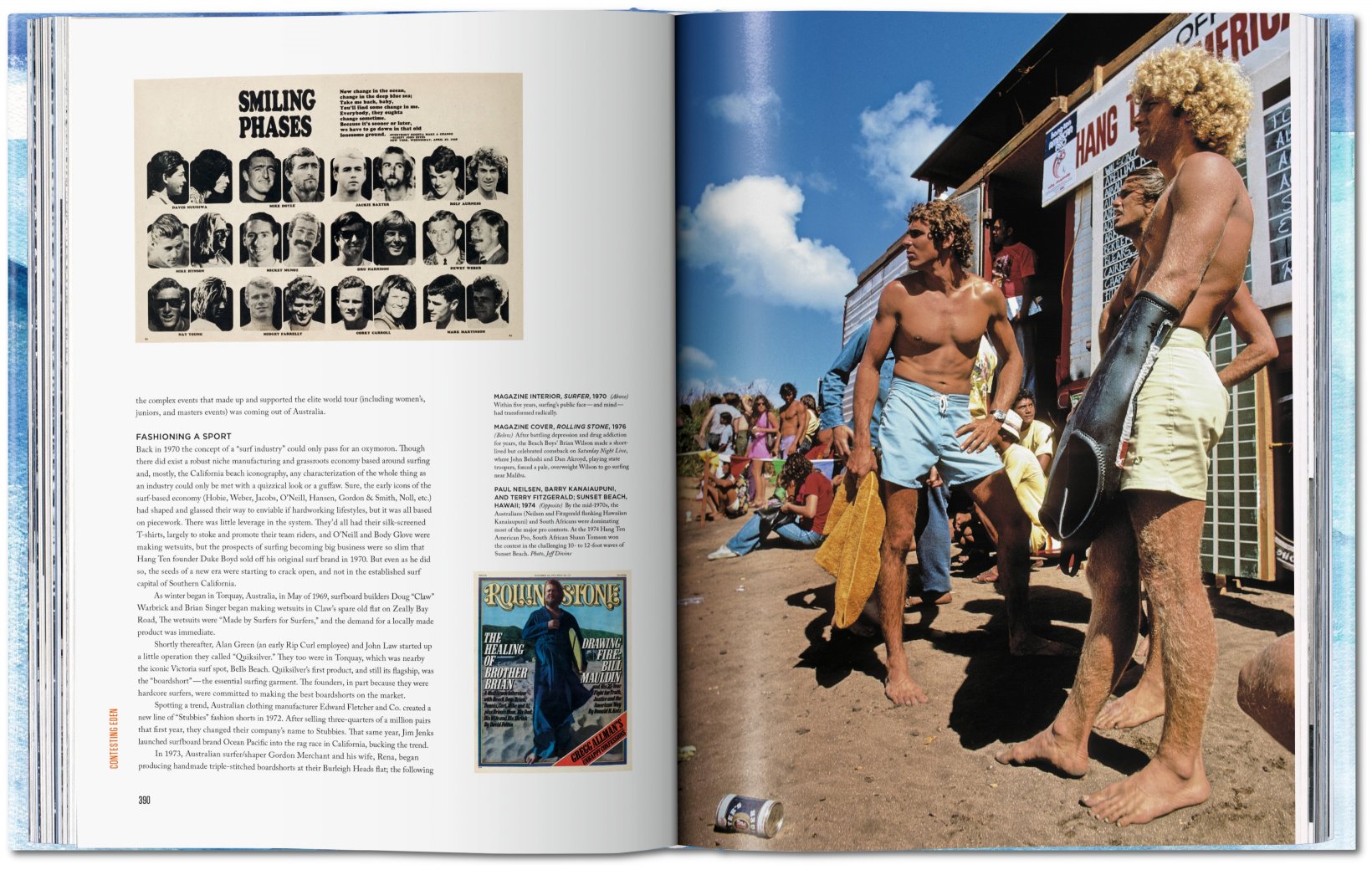

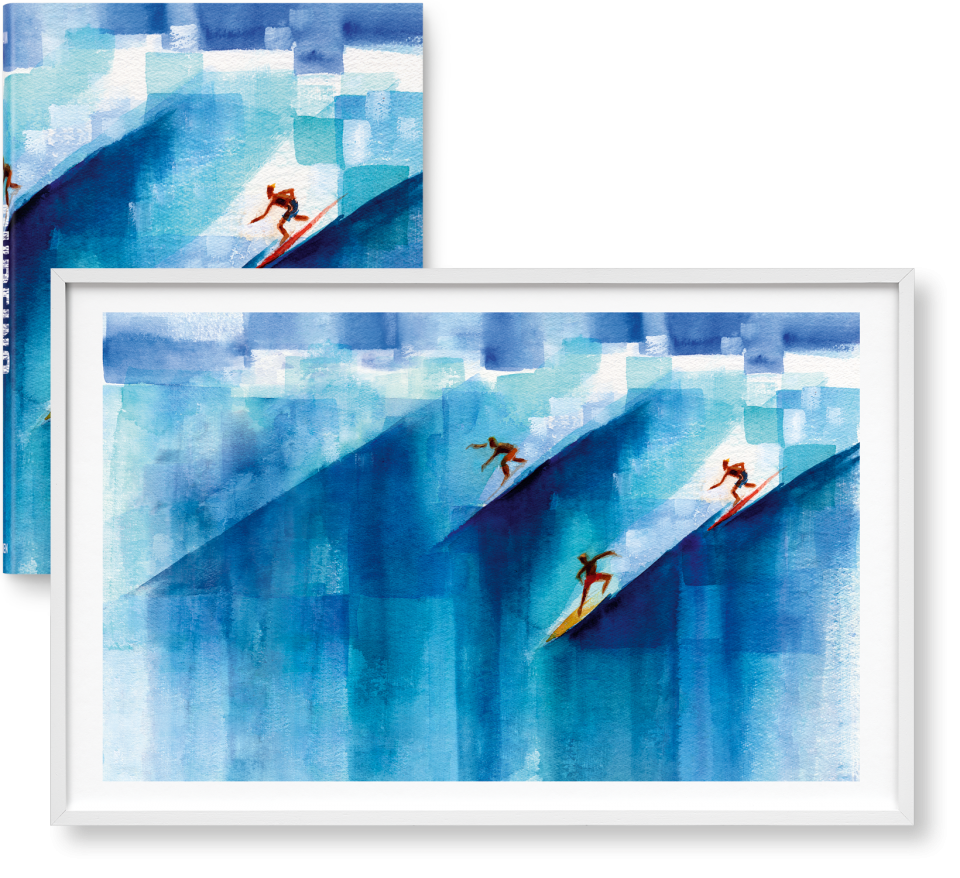
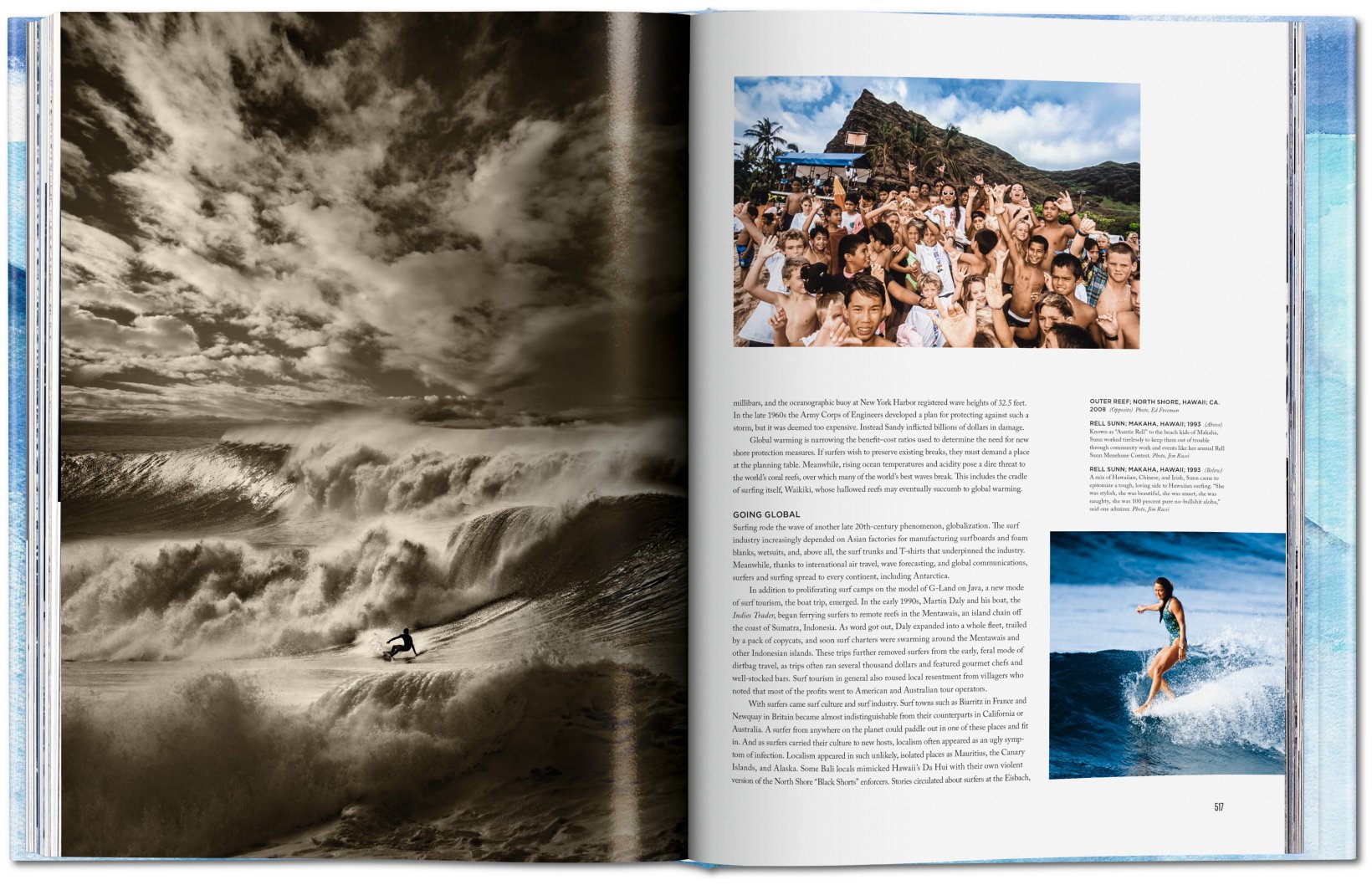
Surfing: 1778-2015 is literally a heavy book. Weighing in at close to 15 lbs. and measuring 24" x 16", this is the largest tome published on surfing. "Following three and a half years of meticulous research, it brings together more than 900 images to chart the evolution of surfing as a sport, a lifestyle, and a philosophy." We spoke with author Jim Heimann to learn more.
How did the concept for this book come about?
The seeds of the idea have been percolating for over 25 years or so. It is a project I had suggested to Benedikt Taschen early on when I started working for the publishing house. After the success of our LeRoy Grannis book he felt it was time to do larger book on the same subject because of its universal appeal. He was completely on board with the idea of a book that would cover the history of the sport and the many aspects that it included. Because of the unique nature of surfing which includes the worlds of music, fashion, film, photography, journalism, and art and the high visual appeal of the lifestyle, a book on the subject seemed a natural for TASCHEN.
Why is this book important to surfing and popular culture?
Bookshelves are littered with various titles that have taken a stab at the various aspects of surfing history and culture but none have approached the subject with such a wide net, while featuring the visual aspects of the sport. Matt Warshaw has done a monumental job in putting together the massive amount of information about the sport in his two books and website. This book doesn’t come close to handling that much content, but there is no book like this about the sport or for any sport for that matter. Hopefully it will resonate for a long time and inspire other authors to fill in all of the history of surfing.
What can we expect to see in this book? How is it unlike other books on the subject?
The size is probably the one feature which is unlike any other book on surfing. it’s BIG and weighs in at 15 lbs.! Seeing images that big in print is pretty amazing. I wanted there to be images that were expected and iconic as well as some surprises, stuff that had never been seen before. We spent at least a year-and-a-half researching the images for the book. When we were ready to start layouts, we had over 7000 images to consider. Ultimately we could use only 900 or so. It was an editing beast. As our scribe Steve Barilotti has put it, “There has never been a book like this and there will never be another one.” And he is right.
What were some of the challenges in getting such a huge project completed?
In retrospect, I bit off more than I could chew. I wanted to tell a narrative that wove the many aspects of surfing in the last two hundred-plus years and though it seemed simple at first, the enormity of the world of surfing overwhelmed me. I soon realized there was no way I could tell the complete story and cover all the bases in one volume. In reality this should be about ten volumes to do the subject justice. I was very aware of all of the personalities and historical figures that were involved and was very conscious to try and represent all of them. But after the mid-fifties the sport grew so huge there was no way everyone was going to be represented. I did my best, but I know there are going to be a lot of folks who are unhappy that their favorite surfer, wave, country, break, ad, board, poster, movie, song, and bikini is not within the pages of this book.
Tell us a bit about the writing in the book.
Having read about the sport for a good chunk of my life I knew some of the writers I was interested in. I did know I wanted folks who were seasoned and were respected by the surfing community. My library increased tenfold to include as much writing as I could sample and the six writers we ended up I feel represent the cream of the crop. Again, because of page restraints, a tight edit was implemented. I felt we hit the mark and that if we didn’t cover everything there was to be said, enough literature exists to supplement our text. I am very satisfied with the outstanding job they accomplished.
Tell us about the special collector’s edition.
We wanted to make the Artists Edition a collector’s item so we wanted to have something special as the signature piece. A signed photograph or print. This meant we had to find someone living who had a body of work and was pretty much respected by the surfing community at large. Because I had developed an ongoing relationship with John Severson and I am a fan of his art, I felt a print by him would be worthy of the Collectors Edition. Each of the 125 books will have a separate signed and matted print by John. It is the same image as the cover. They are one-of-a-kind and look great. As with our Grannis Collectors Edition, they are well on the road to being sold out before publication.
What are you hoping that the book will accomplish?
I hope it will be a touchstone for anyone who has surfed or aspires to the surfing lifestyle. I hope that everyone who possesses it will know they have a piece of history in their hands.
Is the book worth the cover price?
TASCHEN prides itself on producing the best quality book for a reasonable price. Even at $200.00 I think it is still a bargain. This thing is a mother! There really isn’t anything like it in the publishing world. Plus our XL books only increase in value. Once the they are gone, they won’t happen again.
What did you learn from taking on a project this big?
I never anticipated the amount of hours it would take to do this. Because I was the editor and front man I was involved with all aspects of the book from concept, to editing the writer’s work, to revising captions, negotiating rights, overseeing the editorial coordinator, and endless details. Our first designer had a bicycling accident early on which put him permanently off the project and we lost some time there. Ultimately we missed our deadline and went over budget, both of which I hate to see happen.
I also found out that the surfing community is very generous with both their time and knowledge. We had such a great response from so many folks who stopped what they were doing and devoted hours to helping us out. It is indicative of the Aloha spirit that runs deep in surfers and the passion that surfers have for their sport.
What’s next for Jim Heimann and Taschen Books?
Luckily my projects overlap each other, so I have gone from wrapping up Surfing to finishing up a book we started 5 years ago but was shelved. It is a visual survey of automobile brochures of the 20th century. Very cool stuff. At the same time I am prepping for reigniting two books I have done in the past, one on programmatic architecture and one on vintage crime and mayhem in Los Angeles. In addition, I am applying for a grant to study the iconography of surf typography. It sounds kind of lame but there is a whole chapter of regional graphic design history that is evaporating quickly. I’ve talked to a few of the players in early surf graphics and have found that they drew inspiration from everything from the Beats to post-war animation and Madison Ave. Research is my drug!
A native of Los Angeles, Jim Heimann is the executive editor of TASCHEN America. In addition to the numerous books he has authored, he has had a past career as a graphic designer and illustrator for 35 years and has been a faculty member at Art Center College of Design in Pasadena, CA for the past 28 years. Find out more about Surfing: 1778-205 here.
